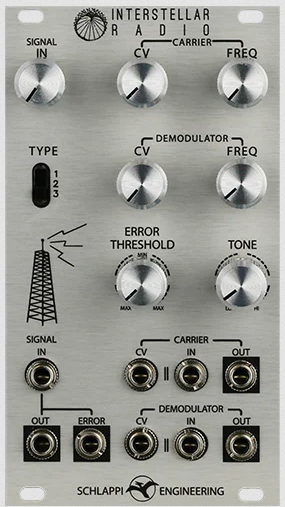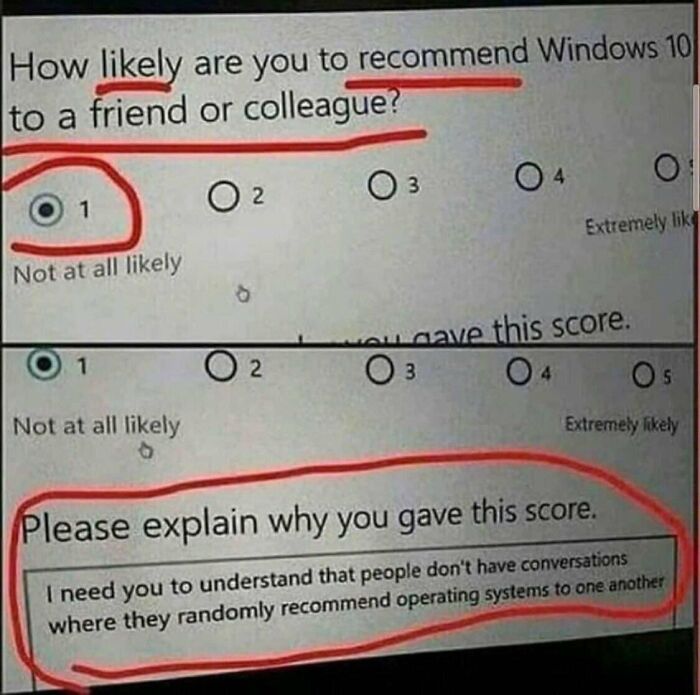Last week was really something in terms of weather. Heat wave, smoke from the Canadian wildfires finally reaching St. Louis, lots of storms with strong straight-line winds and some hail and a whole lot of rain. The storms actually kept the heat down some… which is good because we lost power Saturday afternoon and it hasn’t been back on since, and the house is too hot as it is. The ETA for repair just kept getting pushed back, and as I was typing this I just got a notification that it’s back on. 47 hours!
We had something similar two years ago, when mask-wearing was still the norm. We went to see Black Widow, as much because we wanted to sit in air conditioning as for the movie itself. This time we saw Asteroid City, both because the trailer had intrigued us and for the kind of AC that isn’t the movie title’s acronym. Hmm, is Scarlett Johansson sabotaging the power grid just to get us to watch movies she’s in?
It was a fun, absurd, surrealist sort of movie. I haven’t seen other Wes Anderson stuff and I’m not sure I particularly need to, but this made a nice change from the superhero/Star Wars/Disney stuff we have mostly been seeing.
I’m contemplating getting a generator. The kind that run off natural gas and can power an air conditioner cost a bit, and installation labor’s a considerable factor in that, and it’s another thing that needs regular maintenance. But throw away enough food from the fridge and freezer, sweat through enough hours, and it starts to look like a good choice.
Before the power went out Saturday, I had another bit of a breakthrough with Spectraphon. In SAO mode, the Slide parameter is skipping over entries in the table, seemingly choosing just 8 entries and interpolating between those. I figured that out by experimenting with arrays that have a small number of entries.
- At less than 8 entries, you can’t navigate the array at all.
- If you want to morph between two timbres, you can capture the first one 4 times and the second one 4 times, and then interpolate between them with Slide.
- If you have 16 entries and every even-numbered entry is silent, you can span the entire range of Slide and never hear silence… unless you tap Clock once or offset Focus, in which case, the entire range of Slide is silent.
This all explains some of the seemingly odd behavior, and why some complex sounds go kind of squished. I’ve written for confirmation/details, and to suggest a mode where Focus can address the full range of the array. Right now you have a choice of Slide’s skipping/interpolation, Focus’ short range, and Clock’s inability to control the start/end points, reset or go backwards, none of which are ideal in a lot of cases.
(I did get a short first reply back from Tom Erbe — he’ll get into the other details later, but he confirmed that Spectraphon isn’t using FFT, it’s entirely in the time domain. So it’s cool to have one of my early speculations confirmed, even though I started seriously questioning it after I got the module…)




